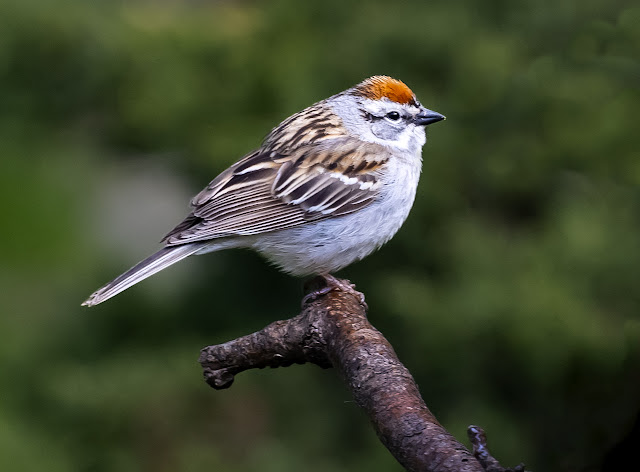Did you ever wonder what path a raindrop takes when it falls past your window? Will it reach the ocean? WHICH ocean? I asked that question when we were living on a farm north of Edmonton in Alberta, and investigated with maps and online maps. Turns out, the stream on our farm trickles into a little river called Redwater, which runs into the North Saskatchewan River, out of Alberta, and many many kilometres of rivers and lakes later reaches Hudson Bay via the Nelson River.
But that journey is not the path taken for ALL the water draining from land around that Alberta farm. About two miles north of the farm is Fairytale Creek. As my friend Billie Milholland confirmed during her mapping project, that creek is part of the watershed for Athabasca River. Many kilometres of rivers and lakes bring that water to the Mackenzie River and the Arctic Ocean.
Billie's project led to the publication of Living In The Shed, about Alberta's North Saskatchewan River watershed. This is a fascinating book, not only for people living along that waterway, but for people wanting to know more about the natural world where they live. There are many photos and maps which make this book a tremendous resource for learning about rivers and recent history. Here is a link to read more about Billie's book https://www.nswa.ab.ca/resource/living-in-the-shed/ **which includes a link to look at a digital version of her book online!** And here's another link to read a web page about her other writing https://billiemilholland.ca/
Not everyone is so lucky to have a friend who has mapped the local watershed so thoroughly, but there are many open source projects and datasets for people wanting to learn more about river knowledge. Public libraries and university libraries might have access to paper maps and computerized electronic maps, and online resources. Kayaking and canoeing groups can offer practical knowledge as well as the best maps for paddling and hiking adventures.
Here's a link to River Runner, a terrific website by Sam Learner and his team. Their project is still in beta, which means that though there are improvements to make, a person can have a lot of fun with it already. Check it out at https://river-runner-global.samlearner.com/ and see where a raindrop that falls anywhere on Earth might end up! They have over 20 interesting routes listed at this page.
If you're looking for more details about River Runner, such as the software behind this project, you can go to this link: https://ksonda.github.io/global-river-runner/
Good luck learning about your own watershed or interesting places around the world! Water resources are vital for humans and for the natural world.




.jpg)

































